Get busy and make a bee hotel
It's the perfect time to help the bee population thrive in your garden. Bees are essential to our ecosystem as they help flowers and fruit pollinate. Building a bee hotel will help your garden look blooming beautiful whilst helping maintain a healthy bee population.
Posted on 24th April 2025
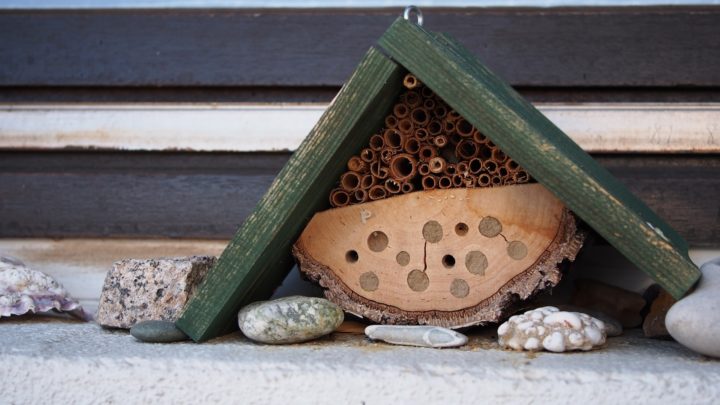
Bee hotels come in all shapes and sizes and building one (or more) is a simple, fun craft and is a great way to help your children become interested in the natural world around them.
This craft is for the solitary bees, as unlike bumblebees and honeybees, they do not make colonies or live in a hive. In fact, experts believe that there are around 275 different species of bee in the country, with the vast majority made up of solitary bees they form a very important part of the pollination network.
To make a bee hotel, you’ll need a few items, such as a plank of wood that’s (10 centimetres wide), lots of hollow canes or stems of different diameters (ideally these need to be between three and 10 millimetres for the different sizes of bee), a saw, some secateurs, a drill and screws or a hammer and some nails.
Building your hotel:
1. Saw or cut your plank of wood into five sections. Four of these sections will form the rectangle ‘box’ where you will add your stems next. You can drill and screw the four parts together to form a box or keep it simple and use a hammer and nails. Once competed, take your spare piece of wood, and attach it to the frame so it forms the back board.
2. Take your secateurs and cut your stems into the lengths that will fit your frame. Ideally, they should be a millimetre or so shorter, so they do not stick out of the frame. This protects them from the rain. Bramble, reed or bamboo canes are best for the stems.
3. Lay your frame on a flat or tilted surface and start to add the stems. It doesn’t matter too much if some are slightly longer than the others as at this stage, as we want to make sure that it’s a tight fit. The more stems you add to the space the more they will lock tightly together.
4. Once you’ve added all of the stems and you’re happy with the result, now is the time to either hang it up or place it somewhere where it is off of the ground (so the bees are safe from predators) and where there is a lot of sunlight. If you don’t have a suitable place, then you can build up some stones or bricks and sit it on top.
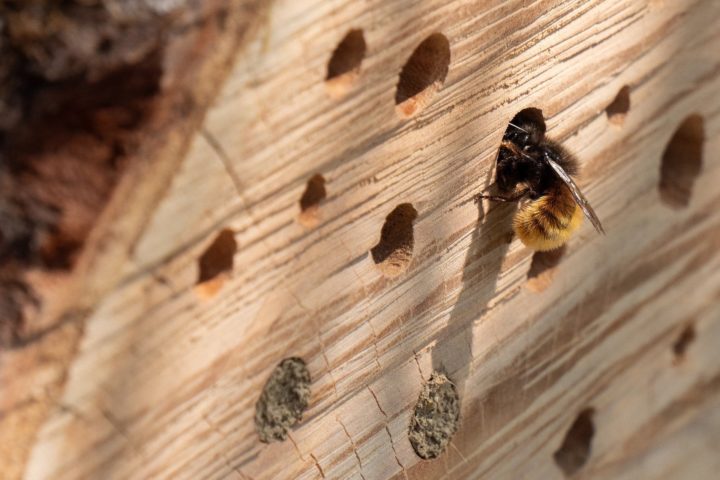
Now sit back and see if any solitary bees decide to move into their new home. If they do, the females will lay their eggs inside the stems. The egg is sealed up in a cell, which is made from a small amount of mud, and each one is left pollen which the grub will eat when it hatches. Some stems can house up to seven cells and before long you’ll see the young bees emerge.
Discover our top tips and some interesting facts about bees
Did you know that different species of bumblebees have different tongue lengths which means they need to feed from different shaped flowers? Or that honeybees have shorter tongues so they like saucer shaped flowers?
Did you know that honeybees visit flowers for two purposes? One, to collect pollen, which is used to feed the brood, and two, to collect nectar that’s then turned into honey to feed the colony over the winter months.
Did you know that large shrubs and trees are a food source as well? Just five established winter/spring flowering trees, such as hawthorns or apple trees, supply a similar amount of pollen and nectar as an acre of meadow.
Top tips:
Plant an array of flowers, from pansies to foxgloves, to help feed the pollinators.
Clumps of bee friendly plants in sunny spots are more attractive to them than shady or scattered plant areas.
Do not plant hybridized plants or double or multi-petalled flowers as they usually lack pollen and/or nectar.
Beekeeping at Cressing Temple Barns
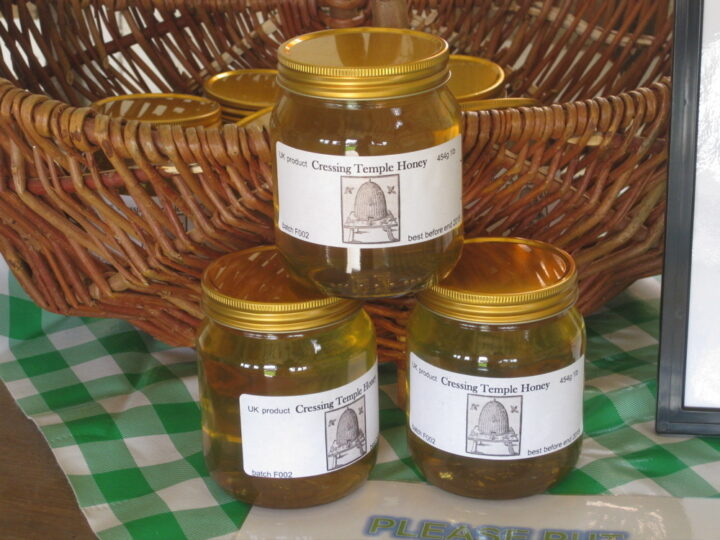
Set in the apple orchard in the grounds of Cressing Temple Barns is an apiary, which produces honey that you can purchase when you visit the historic Grade I listed site.
Originally, the apiary was housed in the Tudor walled garden. However, this was moved for safety reasons to the apple orchard as hives would become home to 70,000 bees during the summer months.
However, if you visit the Tudor walled garden today you will still find two 'skeps' or 'alvearies'. These historic bee hives were made of willow and used to house bees in the past.
Today, the apiary is looked after by Jan, a volunteer beekeeper who passes her knowledge onto volunteers and The Friends of Cressing Temple.
Find out more about beekeeping at Cressing Temple Barns - and how you can get involved - by visiting The Friends of Cressing Temple website.
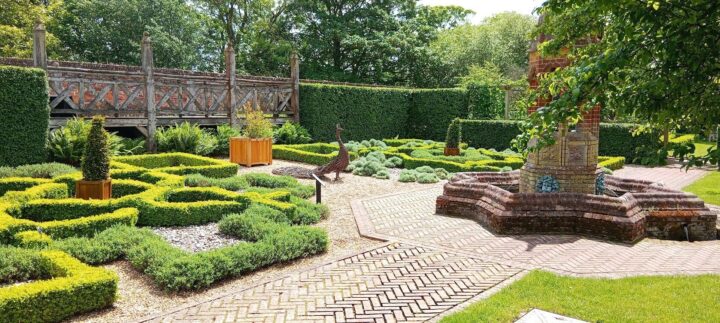
Tagged with
Related blogs
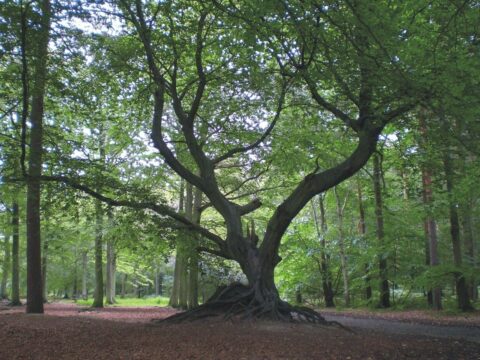
Celebrate 4 tremendous trees at Essex Country Parks
This National Tree Week we are celebrating some of the significant and stunning trees at the Essex Country Parks.
Posted on 18th November 2025
Read article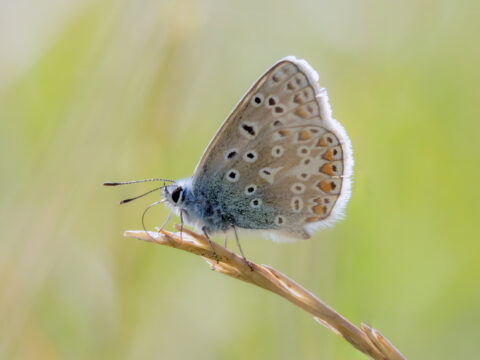
Celebrate World Photography Day with photographer Andrew Adams
To celebrate World Photography Day (Tuesday 19 August) we speak to Essex photographer Andrew Adams who explains why the changing seasons and summer inspire him.
Posted on 30th July 2025
Read article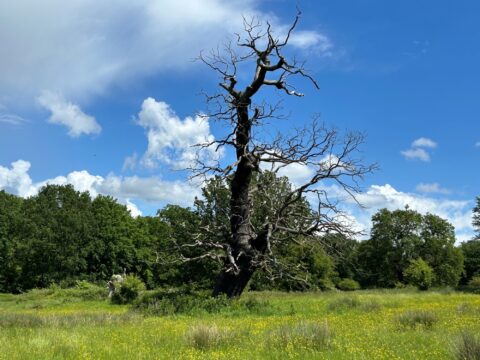
Essex Country Parks: Restoring Landscapes and Habitats for the Future
An ambitious programme of landscape restoration is taking place at the Essex Country Parks to boost biodiversity and strengthen habitats for rare, declining and protected species for the future.
Posted on 21st July 2025
Read article